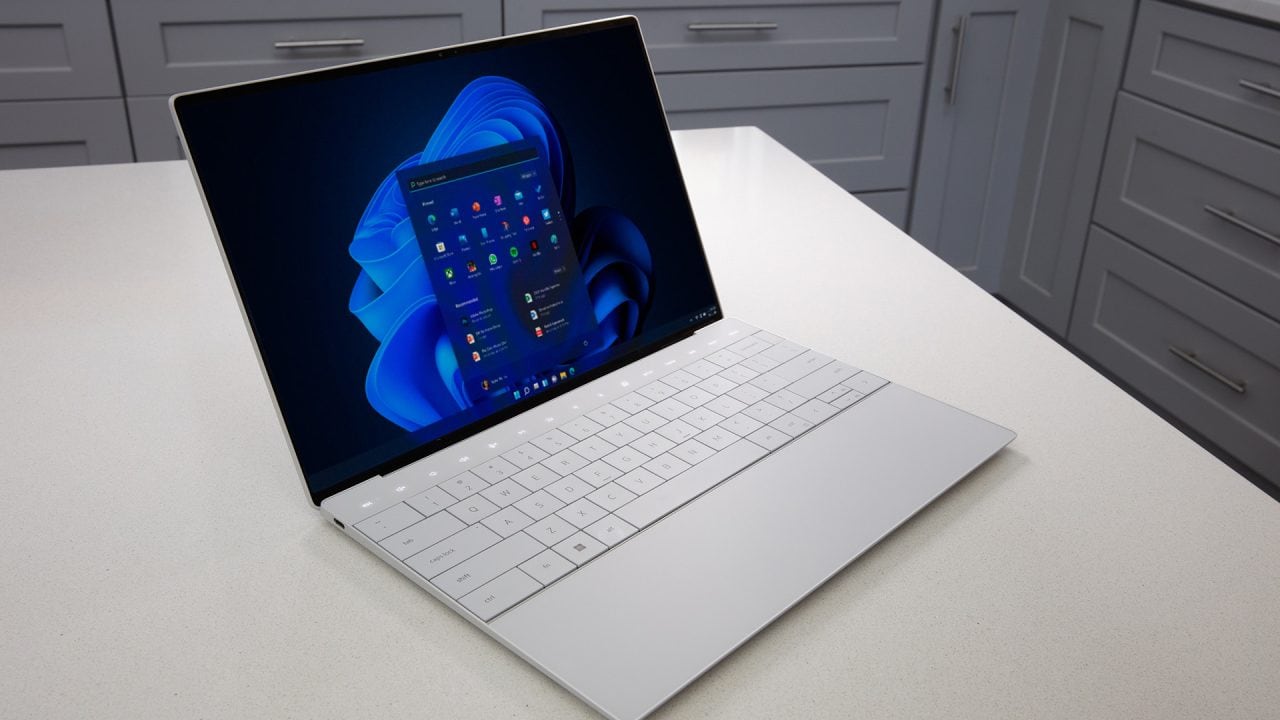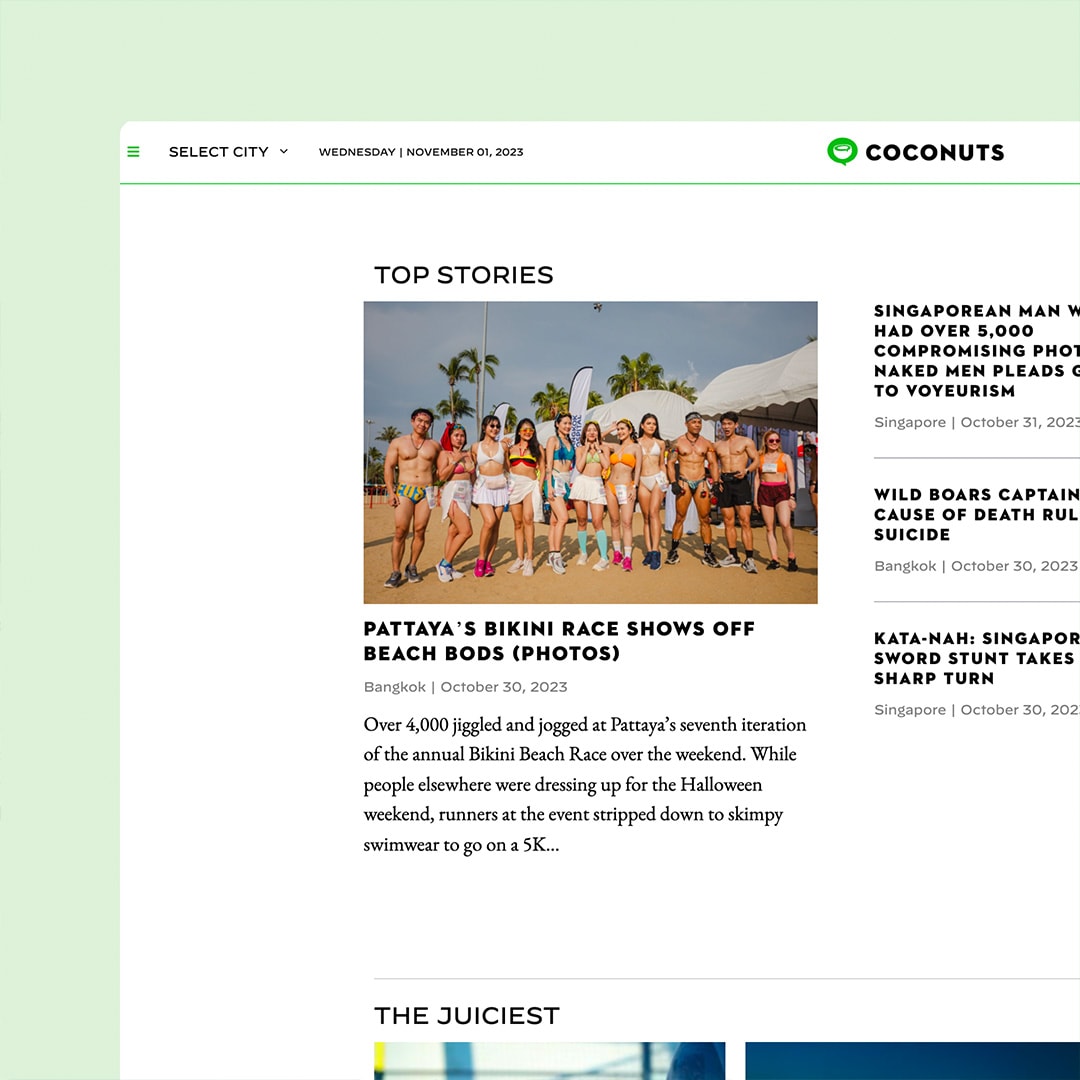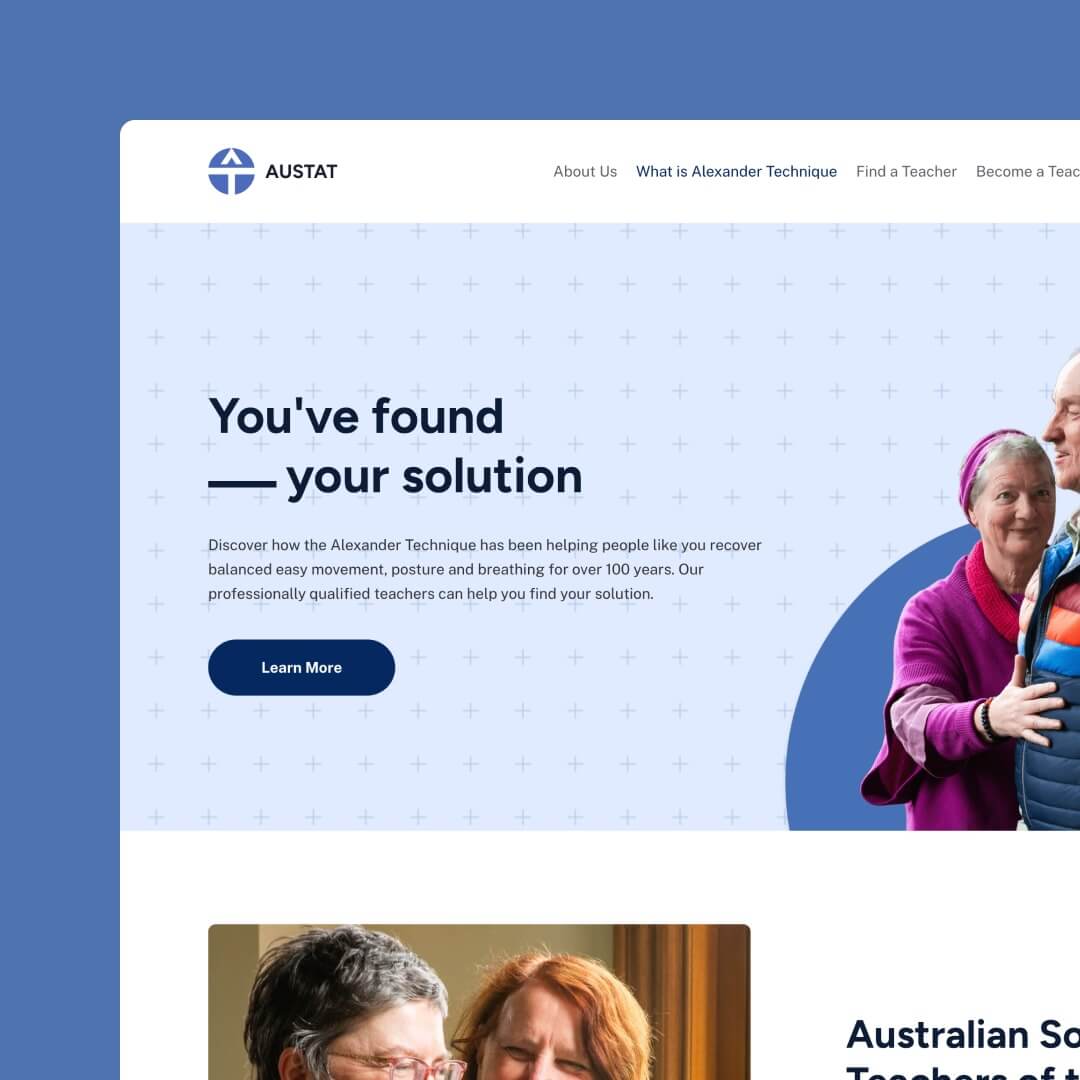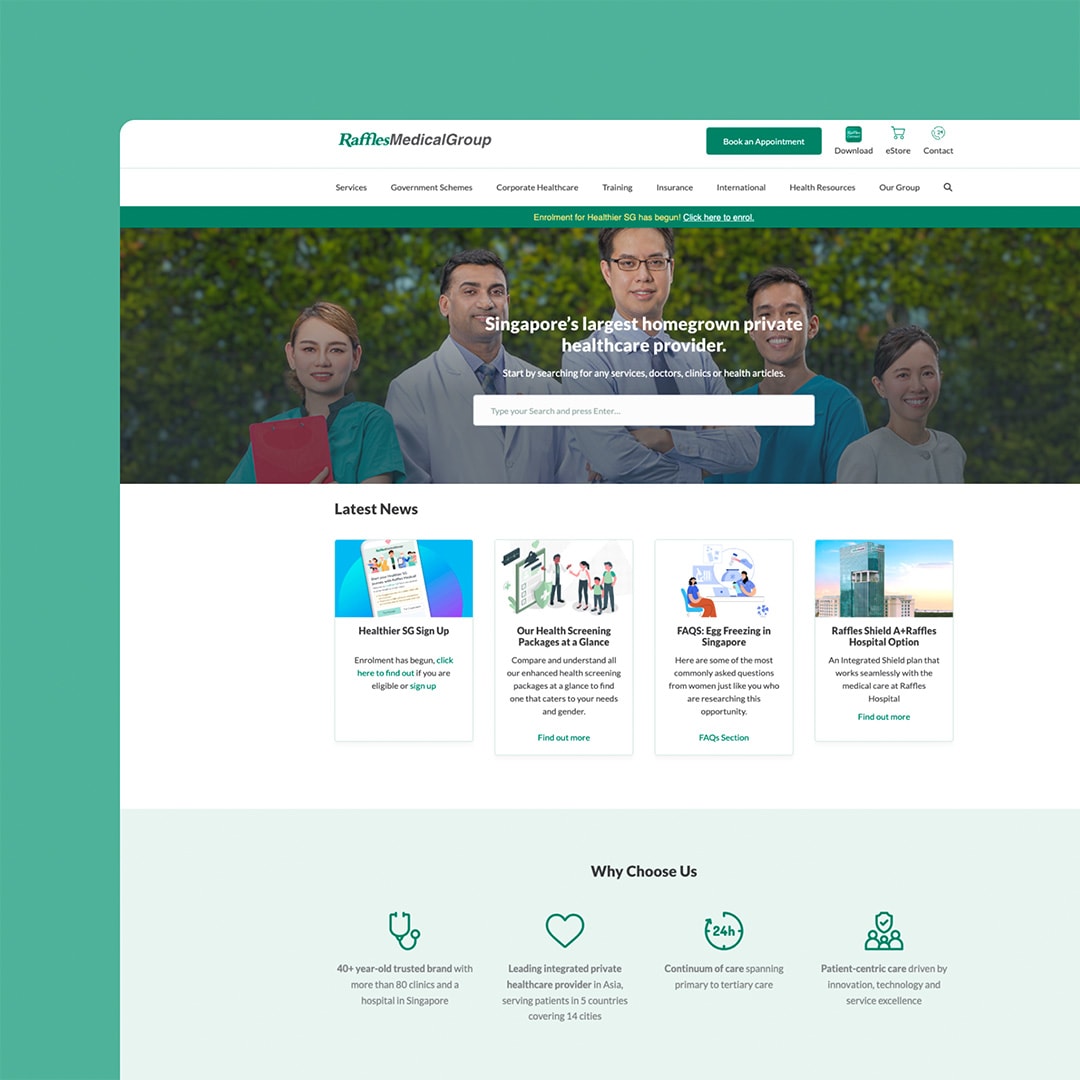
Creating a website is necessary to stay ahead in business, but you might wonder, “Is copying someone’s website design legal?” It’s an important question, especially when you come across a website design that resonates with what you envision for your site.
No, copying someone’s website design is not legal as it can infringe on copyright laws. Creating original content or obtaining permission is essential to avoid legal repercussions.
This article will delve deep into the legal landscape surrounding replicating someone’s website design. We will explore the nuances of copyright laws and the fine line between inspiration and imitation and guide you on how to steer clear of potential legal issues while designing your website. Understanding the legal boundaries allows you to create an ethical and unique website, safeguarding yourself against any legal repercussions.
Table of Contents
A Detailed Explanation of the Legality of Copying Website Designs
Understanding Copyright Laws
In the realm of website creation, copyright laws play a pivotal role. These laws protect the original content created by an individual or a company, including website designs. When you copy someone’s website design, you essentially use their intellectual property without permission, violating these laws. It is essential to be aware of the copyright laws in your jurisdiction to avoid legal complications.
The Fine Line Between Inspiration and Imitation
It is natural to get inspired by existing website designs. However, there is a fine line between drawing inspiration and outright copying. Using someone’s design as a reference and creating something new with your unique touch falls under inspiration. On the other hand, duplicating the design element by element is considered imitation, which can lead to legal issues. To steer clear of potential problems, always ensure to add your creativity and avoid direct imitation.
Seeking Legal Guidance
If you find yourself in a grey area, unsure if your design is too similar to another, it might be beneficial to seek legal advice. Legal experts can help you avoid infringement and navigate the complex landscape of copyright laws. Moreover, they can assist you in obtaining necessary permissions if you wish to use some aspects from another website.
Creating an Original and Ethical Website
To build a website that stands on legal and ethical grounds, focus on creating original content. Utilise your creativity to create a design that reflects your brand’s identity while respecting others’ intellectual property rights. Engaging a professional designer can also be a viable option to ensure the uniqueness of your website design.
Here’s everything else you need to know to foster a deeper understanding of the legalities involved and create a website that respects others’ work and showcases your individuality.
What Constitutes as Copyright Infringement?
Identifying Infringement
Understanding what constitutes copyright infringement is the first step in avoiding legal troubles. In website design, using distinctive visual elements, layouts, or specific coding from another website without permission can be an infringement. It is essential to differentiate between generic elements, which are widely used and not protected by copyright, and unique, original elements that are protected.
Consequences of Infringement
One might face severe consequences if found guilty of copyright infringement, including hefty fines and legal actions. Sometimes, you might be required to take down your website entirely. To avoid such repercussions, it is advised to always opt for original content or to obtain the necessary licenses for using copyrighted material.
Protecting Your Content
As a website owner, protecting your content is also your prerogative. Registering your website’s content and design can provide a legal ground in case someone else copies it. It is a proactive step in safeguarding your intellectual property.
How to Draw Inspiration Without Copying?
Analysing Different Sources
When aiming to draw inspiration without copying, it is beneficial to analyse various sources instead of focusing on a single website. This approach allows you to gather different ideas and merge them to create something unique. Remember, inspiration should be a starting point for your creativity, not an endpoint.
Utilising Design Tools
There are numerous design tools available that can help you in creating an original design. Tools like Adobe XD, Sketch, and Figma offer many features to design a website from scratch, allowing you to build a unique layout without copying others.
Seeking Feedback
Before finalising your website design, seeking feedback from peers or experts in the field is good practice. They can provide a fresh perspective and help you identify if any element appears too similar to existing designs, helping you to maintain originality.
What Are the Legal Ways to Use Someone Else’s Design?
Obtaining Permission
One of the legal ways to use someone else’s design is by obtaining explicit permission from the original creator. This could be through a licensing agreement where you agree to the owner’s terms, ensuring a legal ground for using the design.
Using Public Domain Content
Copyright laws do not protect content in the public domain and can be used by anyone freely. It is, however, essential to verify that the content is genuinely in the public domain to avoid future disputes.
Hiring a Professional Designer
Engaging a professional website designer can be a safe bet when creating a website with legal and ethical boundaries. Designers are well-versed in the legalities and can help create a unique design compliant with the laws.
How to Differentiate Between Generic and Unique Elements?
Recognising Generic Elements
Generic elements refer to standard features and designs widely used across various websites. These could include basic layouts, standard colour schemes, and typical fonts. Recognising these elements is crucial as they are not protected by copyright laws, meaning you can freely incorporate them into your website design without facing legal repercussions.
Identifying Unique Elements
Unique elements are those that are distinct and showcase the originality of a website. These could be a specific type of artwork, a unique layout, or a custom-made font. Utilising such elements without permission can lead to copyright infringement. Identifying and avoiding using these unique elements in your design is vital unless you have obtained proper authorisation.
The Role of Originality in Web Design
Originality in web design not only helps avoid legal issues but also aids in creating a brand identity that is distinct and memorable. By focusing on crafting original content and design, you foster a space that resonates with your brand’s ethos and attracts your target audience through its uniqueness.
What Are the Ethical Considerations in Web Design?
Respecting Intellectual Property
Ethical web design goes beyond just adhering to legal norms. It involves respecting the intellectual property of others by not using their content without permission. This respect fosters a healthy digital environment where creativity flourishes.
Citing Sources
In cases where you use content or design elements with the original creator’s permission, it is ethical to provide proper attribution. Citing sources not only showcases professionalism but also adheres to the moral principles of web design, giving credit where it is due.
Encouraging Original Content
Encouraging the creation of original content is a cornerstone of ethical web design. It promotes innovation and helps in building a digital space that is rich and diverse. Opting for original content contributes to a culture that values creativity and individuality.
How to Navigate Legal Grey Areas in Web Design?
Seeking Legal Counsel
Navigating the legal grey areas in web design can be challenging. In such scenarios, seeking legal counsel can be a prudent step. Legal experts can provide insights and advice on how to proceed without infringing on someone else’s rights.
Documenting Your Design Process
In cases where the legality of your design is questioned, having documented proof of your design process can be beneficial. It showcases that your design was created through a thoughtful process, and not merely copied from another source.
Utilising Legal Resources
There are several legal resources available that can guide you in navigating the complex landscape of web design legalities. These resources offer information on copyright laws, licensing agreements, and other legal aspects, helping you create a legal and ethical website.
Is Copying Someone’s Website Design Legal? – Final Thoughts
As you navigate the intricate world of web design, understanding the legal and ethical boundaries is paramount. You’ve learned the importance of distinguishing between drawing inspiration and outright copying, and the necessity to respect intellectual property rights. By adhering to the guidelines and principles discussed, not only do you steer clear of potential legal issues, but you also pave the way for creating a website that is genuinely yours, reflecting your unique brand identity while respecting the creativity and hard work of others.
Remember, the digital space is a canvas of unlimited potential where your creativity can flourish boundlessly. Encourage yourself to explore, innovate, and craft a website that is a testament to your individuality and ethical stance. Let this be a journey of learning and growth, where you build not just a website but a space that resonates with authenticity and respect for the vibrant tapestry of the digital world.
To take the first step on your journey, contact the team at Chillybin today for your unique website design.
Our expertise
Website Design
We mix creativity with UX thinking to design interfaces that feel seamless. Always responsive, always built around outcomes — leads, engagement, conversion.











